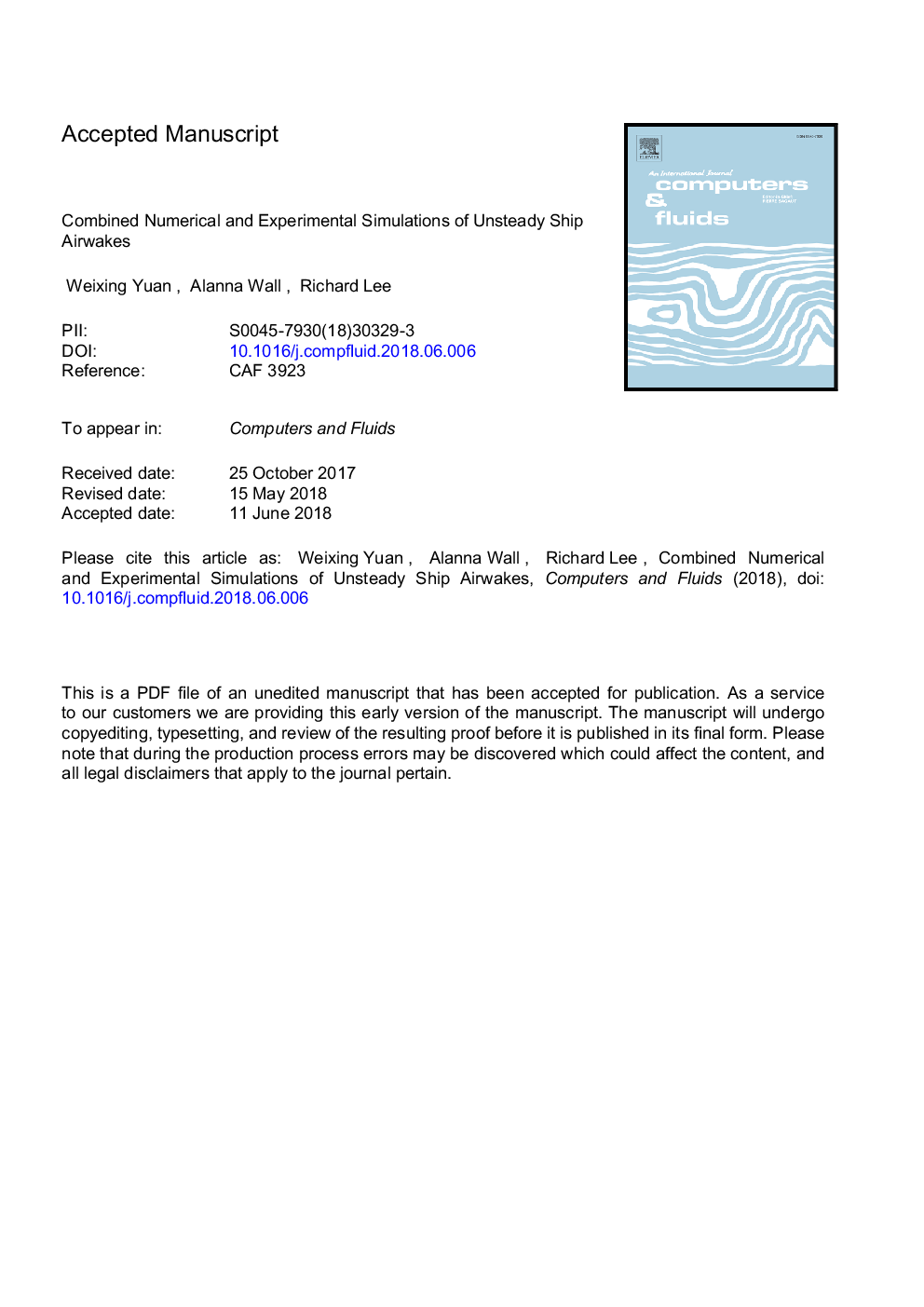| Article ID | Journal | Published Year | Pages | File Type |
|---|---|---|---|---|
| 7155762 | Computers & Fluids | 2018 | 50 Pages |
Abstract
To aid pilot training for shipboard helicopter operations, computational fluid dynamics (CFD) is increasingly being performed to model ship airwakes. The calculated velocity field data are exported to the flight simulator as look-up tables. In the Canadian context, work to expand ship airwake simulation capabilities for future use in flight simulators is currently being done using the open-source OpenFOAM. The current paper reports on the progress of this work using the simple frigate shape 2 (SFS2), which is a highly simplified ship geometry, to validate the method for low-sea-state (also referenced to as static) cases. By employing delayed detached eddy simulations (DDES), OpenFOAM was able to compute the unsteady ship airwakes well compared to experimental data and other references. After validation, OpenFOAM was applied to the Canadian Patrol Frigate (CPF), a more representative example of a naval vessel. Hybrid structured and unstructured grids were used because of the complexity of the CPF geometry. The agreement between the computed and the experimental results for the static CPF was reasonable, which built a solid foundation supporting further development of simulation for the CPF in motion.
Keywords
Related Topics
Physical Sciences and Engineering
Engineering
Computational Mechanics
Authors
Weixing Yuan, Alanna Wall, Richard Lee,
